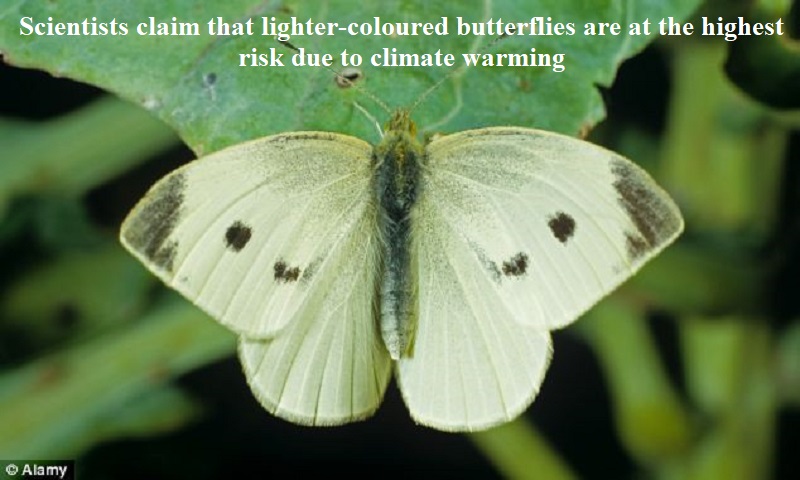
A recent study has revealed that as the Earth’s climate continues to warm, smaller and lighter-colored butterflies may encounter difficulties in the future. The research suggests that these small butterflies, especially those belonging to the Lycaenidae family, may struggle to regulate their body temperatures with the rising air temperature.
The study, led by Esme Ashe-Jepson, a doctoral student of zoology at the University of Cambridge, found that size is a crucial factor in heat tolerance for insects, but the surprising impact of color may be specific to butterflies. Butterflies with darker wings, regardless of their wing size, consistently fared better in the research.
The findings, published in the Journal of Animal Ecology, provide more evidence of the importance of larger wings in keeping butterflies cool, as well as the role of color in their thermoregulation.
Butterflies rely on the sun’s warmth for proper functioning, but they employ strategies such as thermal tolerance and thermal buffering to adjust their body temperature as the heat increases. Thermal buffering involves physical actions like positioning their wings away from direct sunlight and moving to cooler areas. Butterflies with larger wings have more surface area to absorb heat when needed and can relocate to cooler spots faster compared to those with smaller wings. On the other hand, thermal tolerance involves physiological processes like the production of heat shock proteins, which help protect the body from high temperatures and repair damaged proteins caused by heat.
The researchers conducted the thermal buffering test by capturing and testing 1,334 butterflies from 54 species belonging to six butterfly families. They spent long days in the rainforest of Panama with butterfly nets, aiming to catch butterflies without chasing them.
The study highlights the vulnerability of certain butterfly species to climate change and emphasizes the intricate ways in which these delicate creatures cope with temperature changes in their environments. As the Earth’s climate continues to warm, understanding the responses of different butterfly species becomes crucial for their conservation and survival.

Post Your Comments